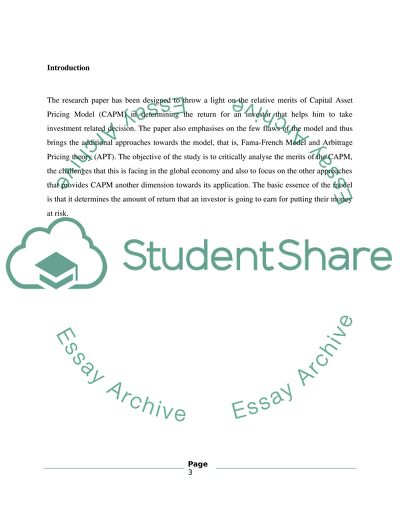Cite this document
(Analysis of the Relative Merits of the Capital Asset Pricing Model and Research Paper, n.d.)
Analysis of the Relative Merits of the Capital Asset Pricing Model and Research Paper. Retrieved from https://studentshare.org/finance-accounting/1572170-critically-analyse-the-relative-merits-of-the-capital-asset-pricing-model-and-empirical-approaches-to-asset-pricing-such-as-fama-and-french-model
Analysis of the Relative Merits of the Capital Asset Pricing Model and Research Paper. Retrieved from https://studentshare.org/finance-accounting/1572170-critically-analyse-the-relative-merits-of-the-capital-asset-pricing-model-and-empirical-approaches-to-asset-pricing-such-as-fama-and-french-model
(Analysis of the Relative Merits of the Capital Asset Pricing Model and Research Paper)
Analysis of the Relative Merits of the Capital Asset Pricing Model and Research Paper. https://studentshare.org/finance-accounting/1572170-critically-analyse-the-relative-merits-of-the-capital-asset-pricing-model-and-empirical-approaches-to-asset-pricing-such-as-fama-and-french-model.
Analysis of the Relative Merits of the Capital Asset Pricing Model and Research Paper. https://studentshare.org/finance-accounting/1572170-critically-analyse-the-relative-merits-of-the-capital-asset-pricing-model-and-empirical-approaches-to-asset-pricing-such-as-fama-and-french-model.
“Analysis of the Relative Merits of the Capital Asset Pricing Model and Research Paper”, n.d. https://studentshare.org/finance-accounting/1572170-critically-analyse-the-relative-merits-of-the-capital-asset-pricing-model-and-empirical-approaches-to-asset-pricing-such-as-fama-and-french-model.


